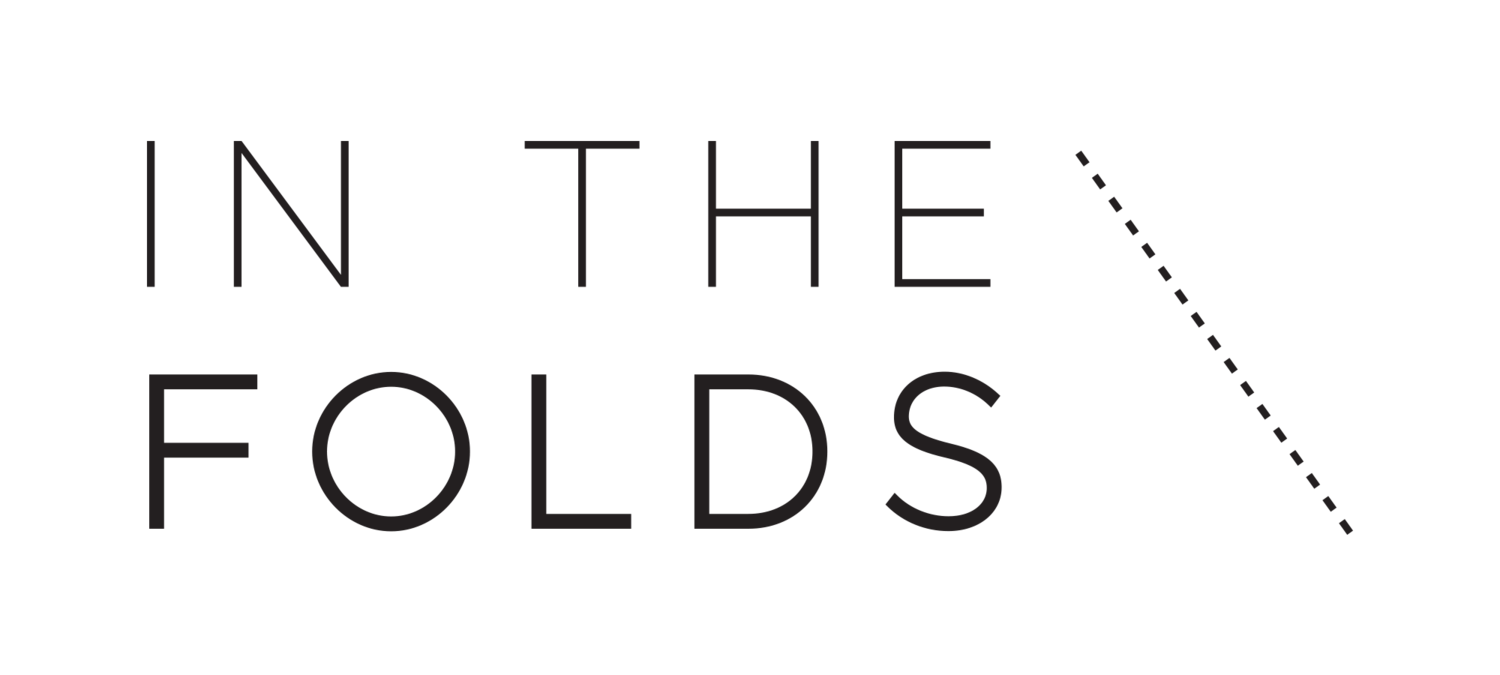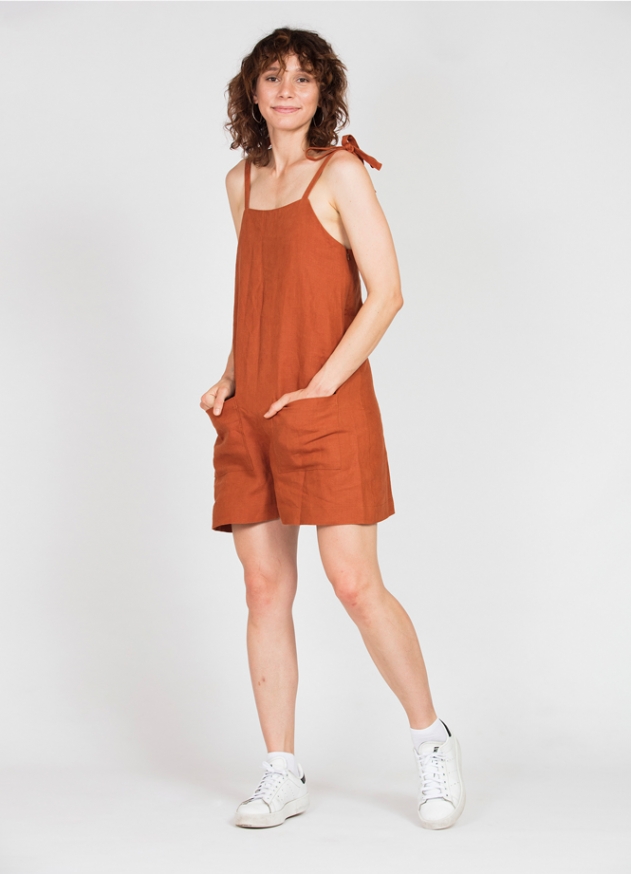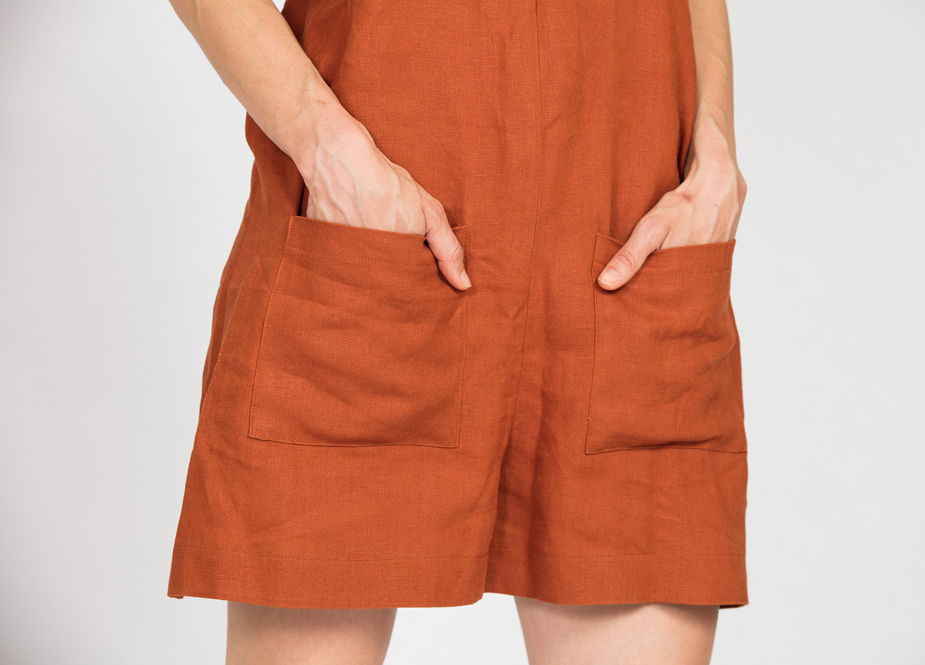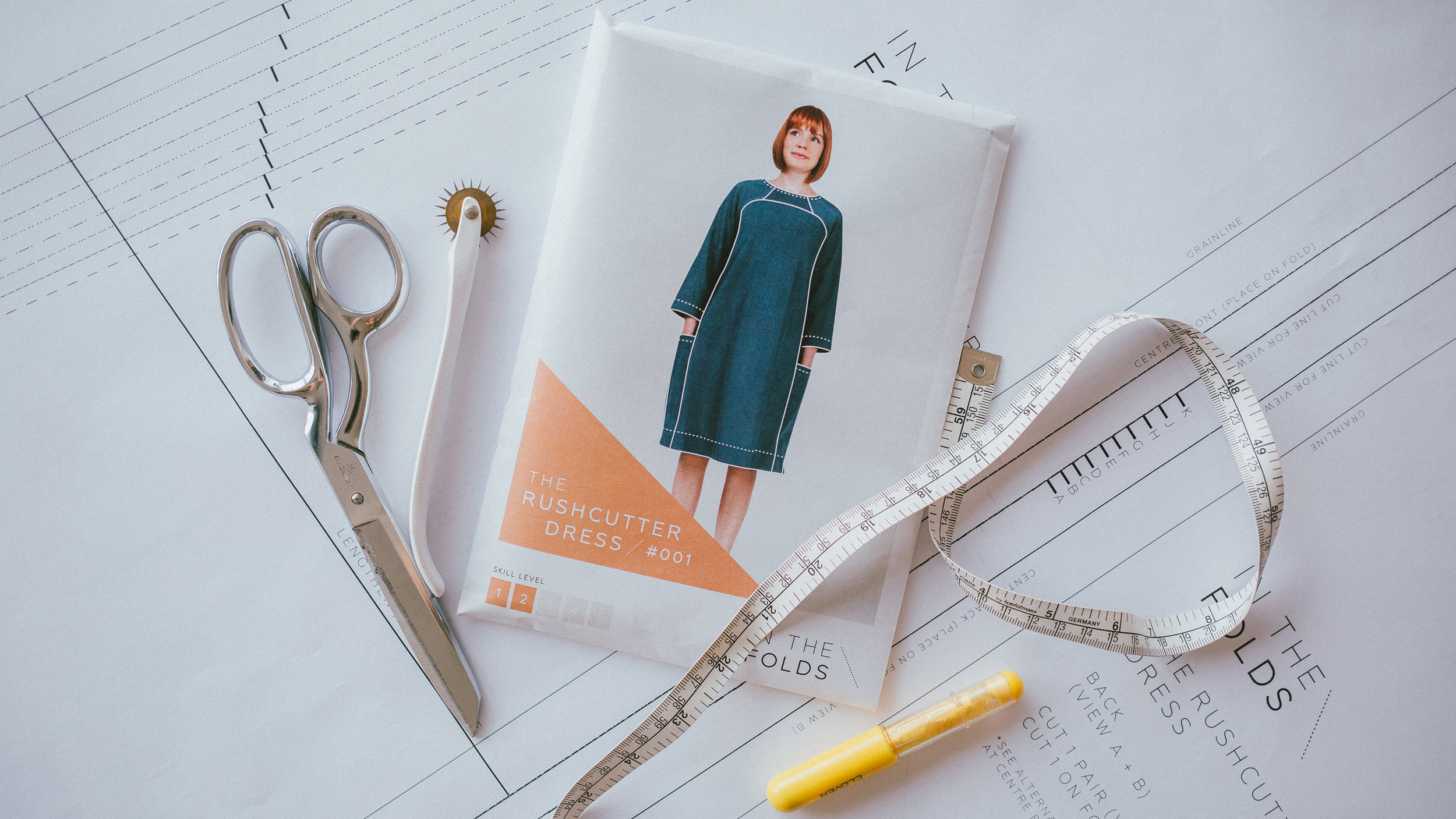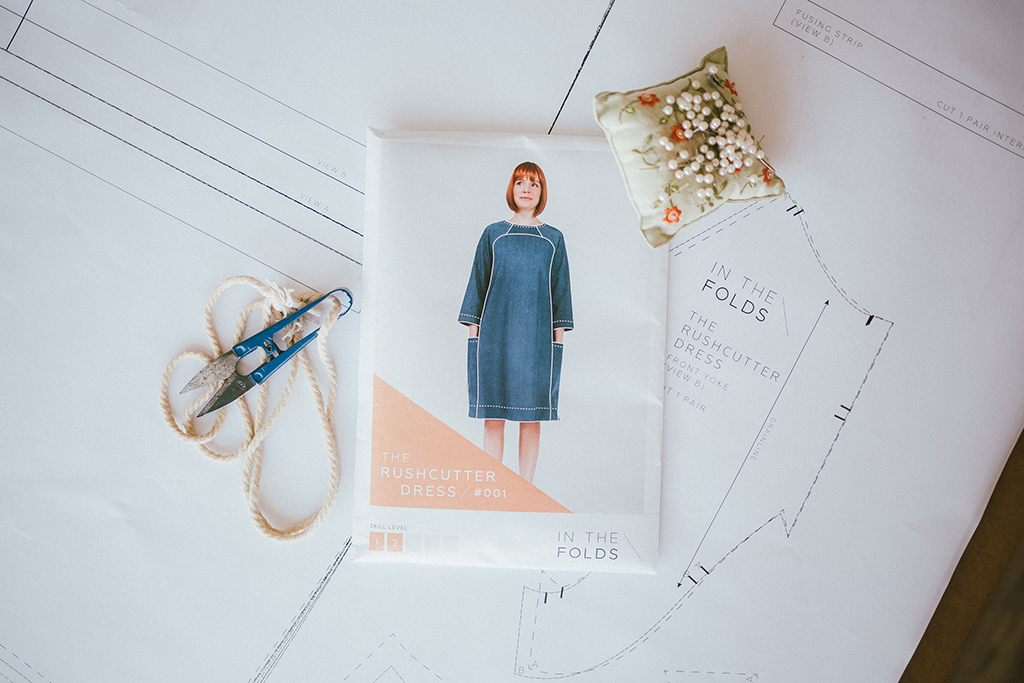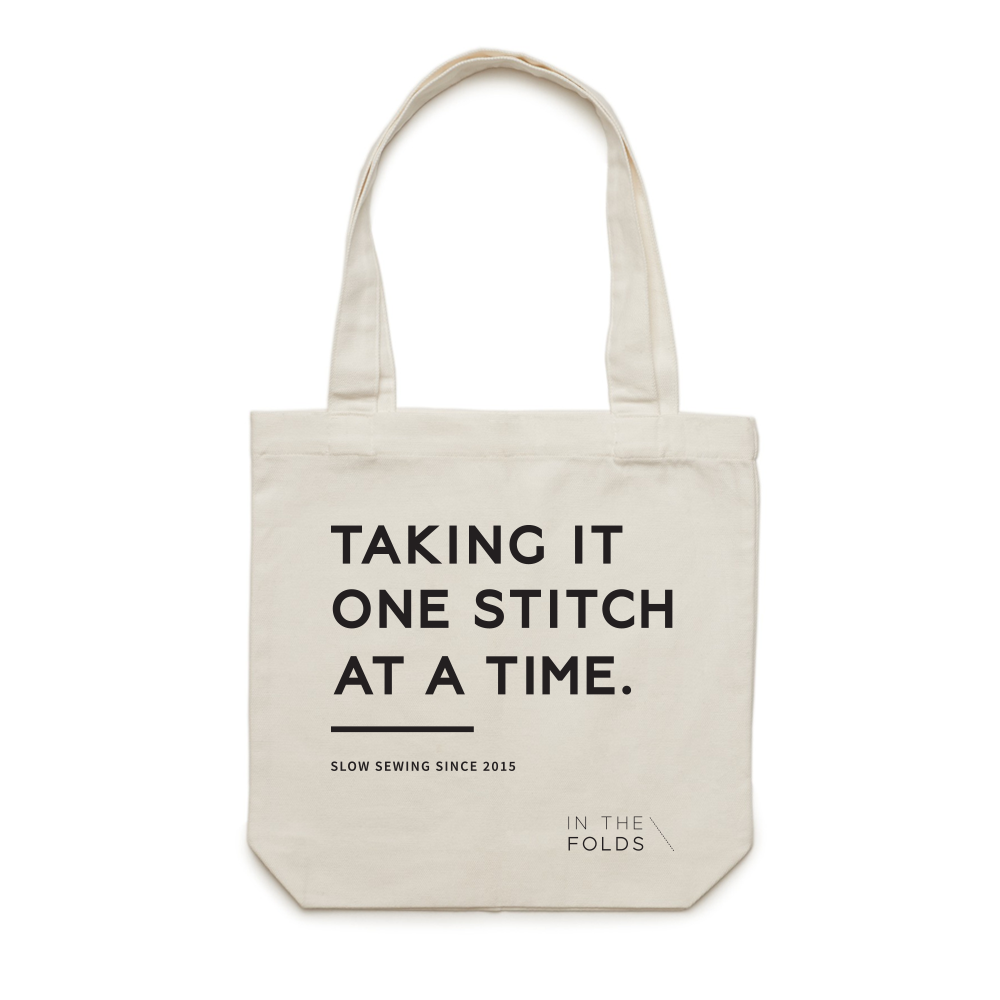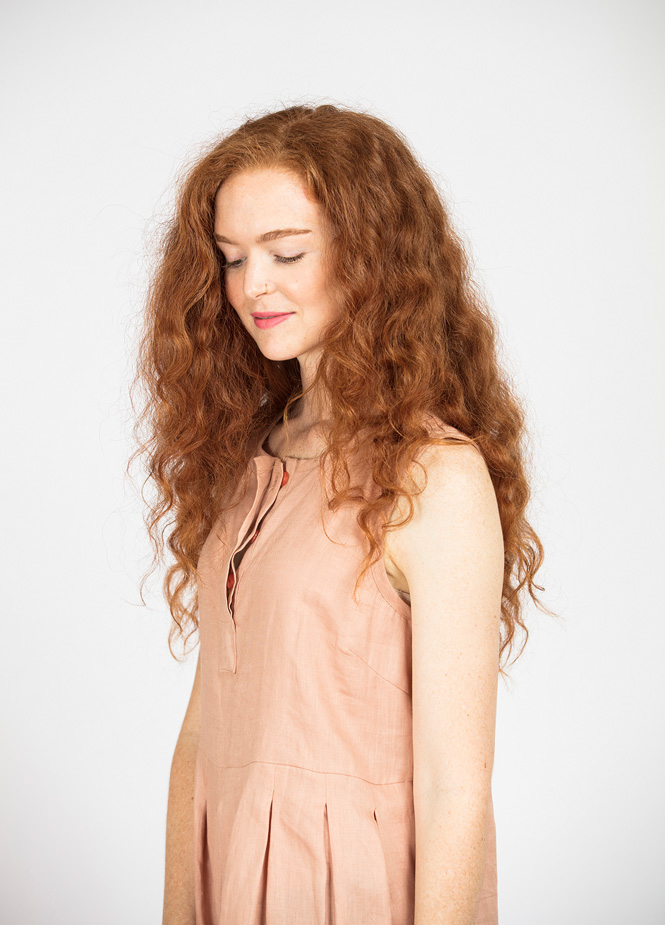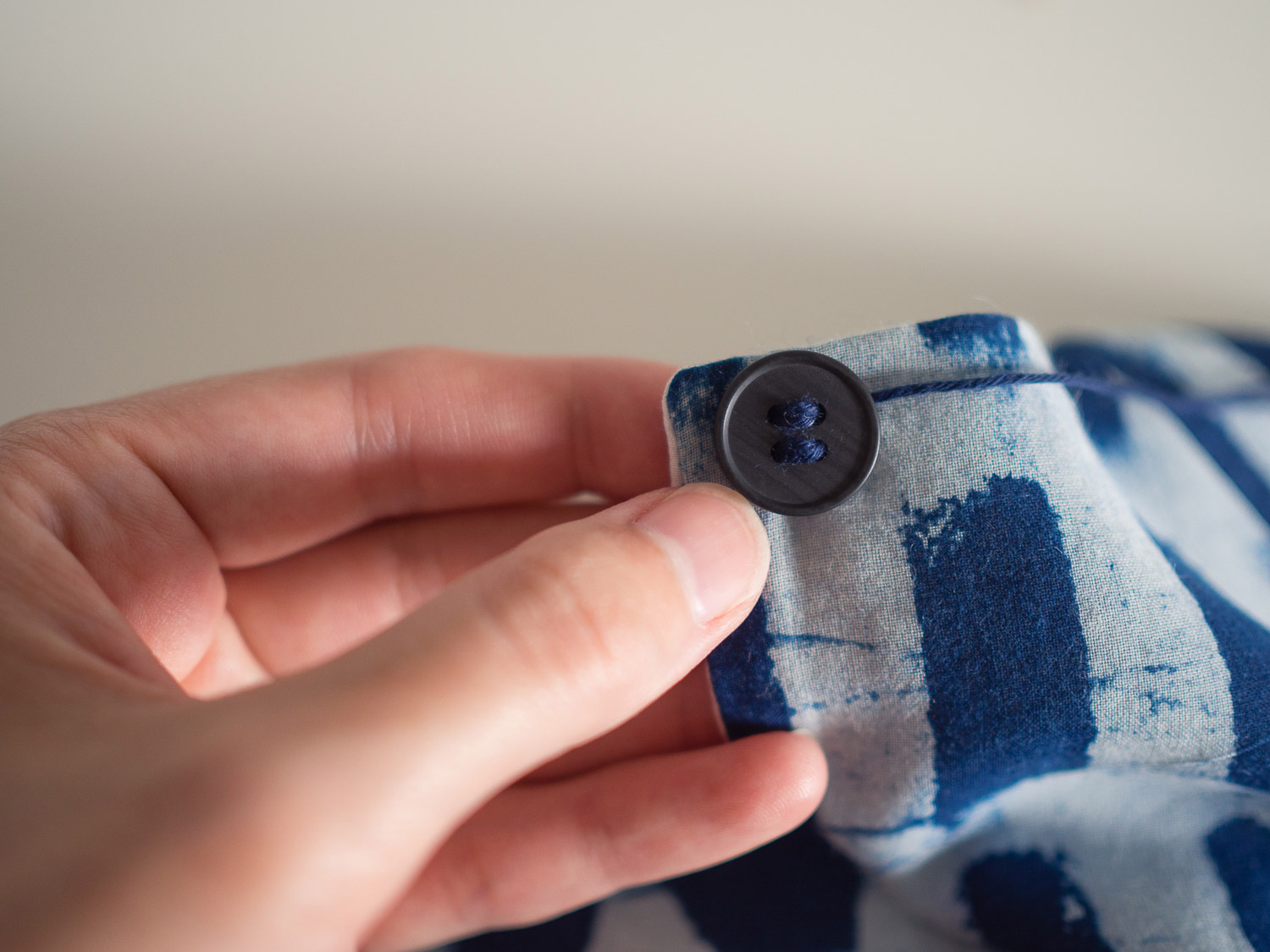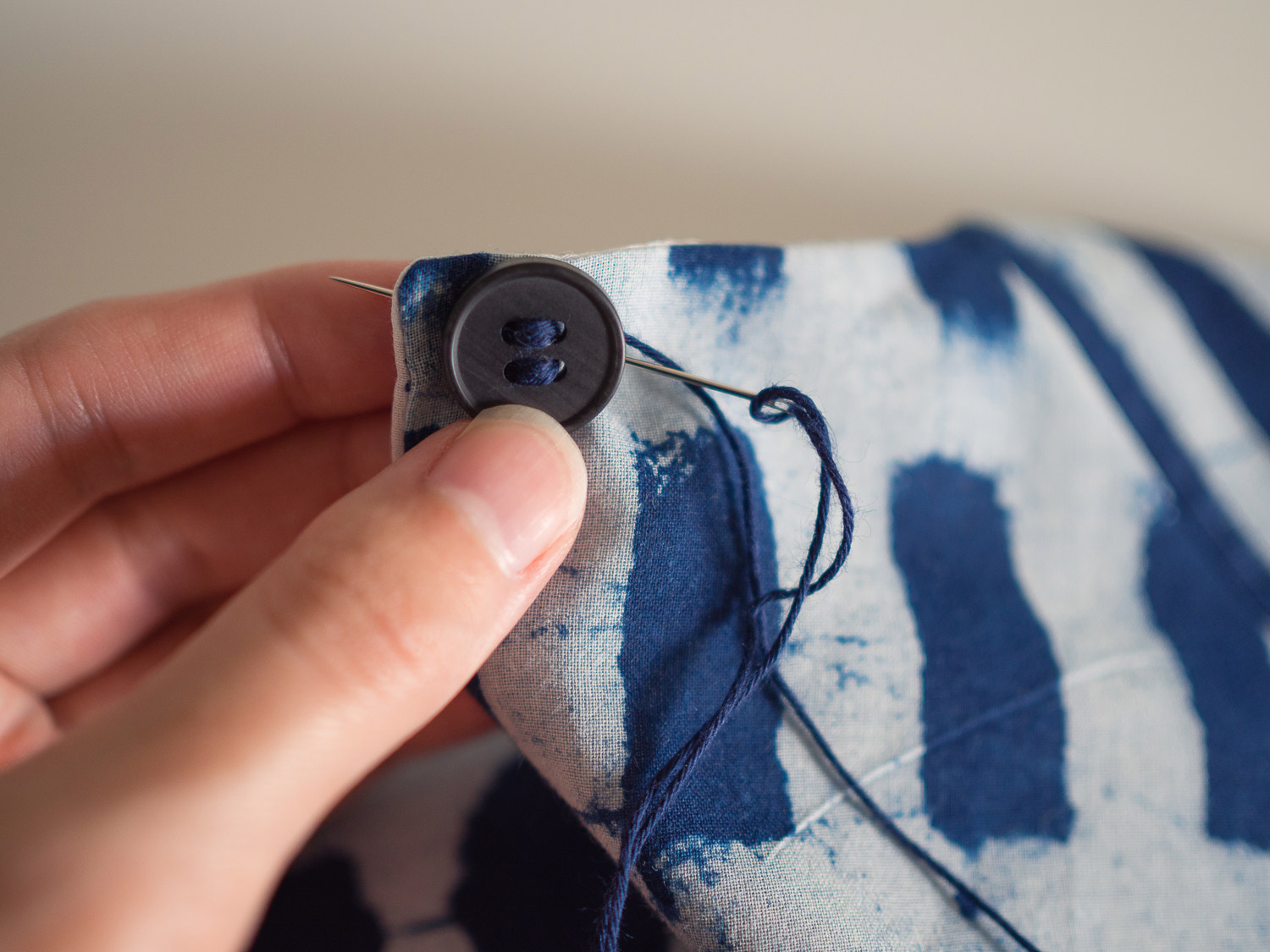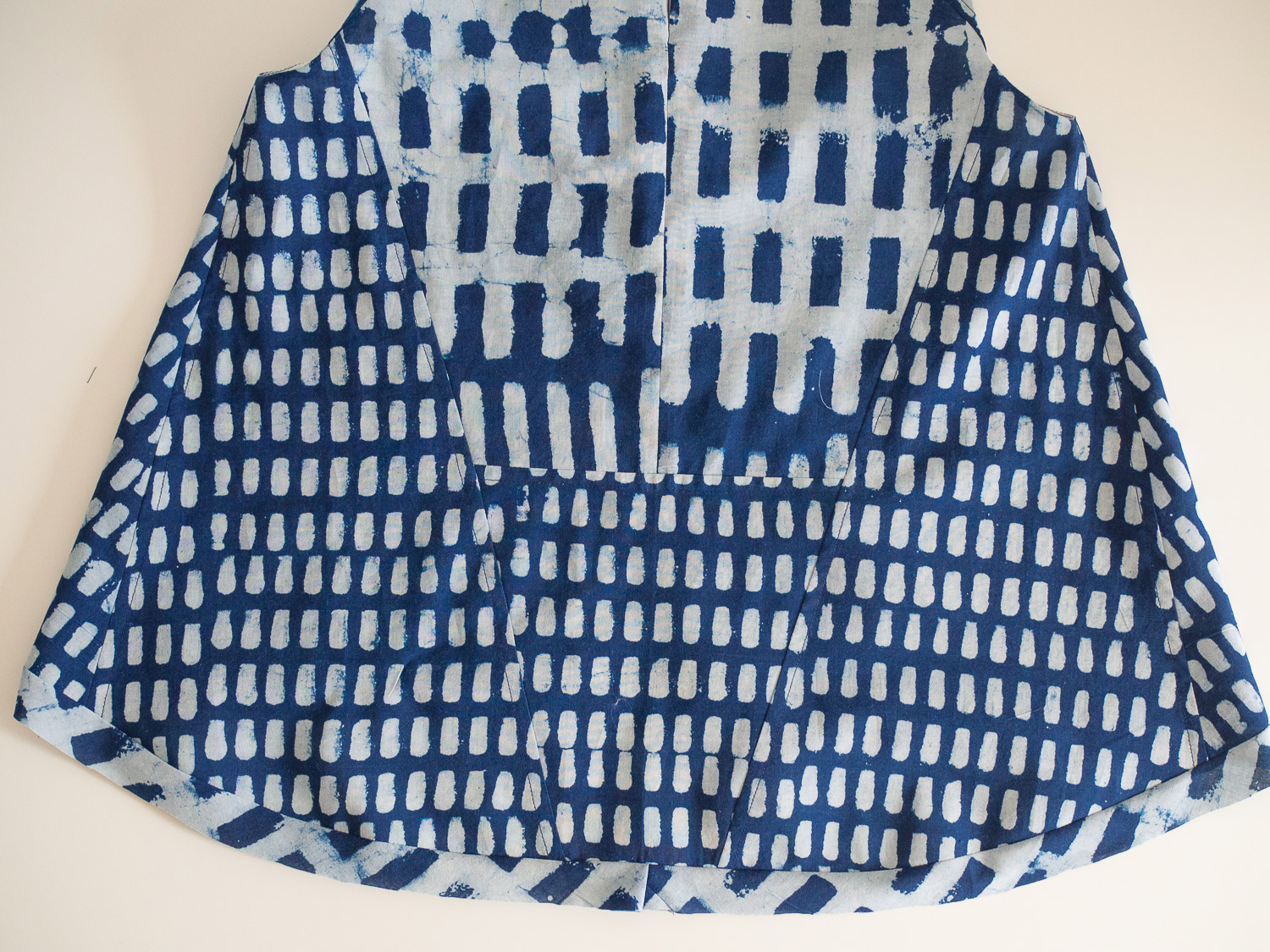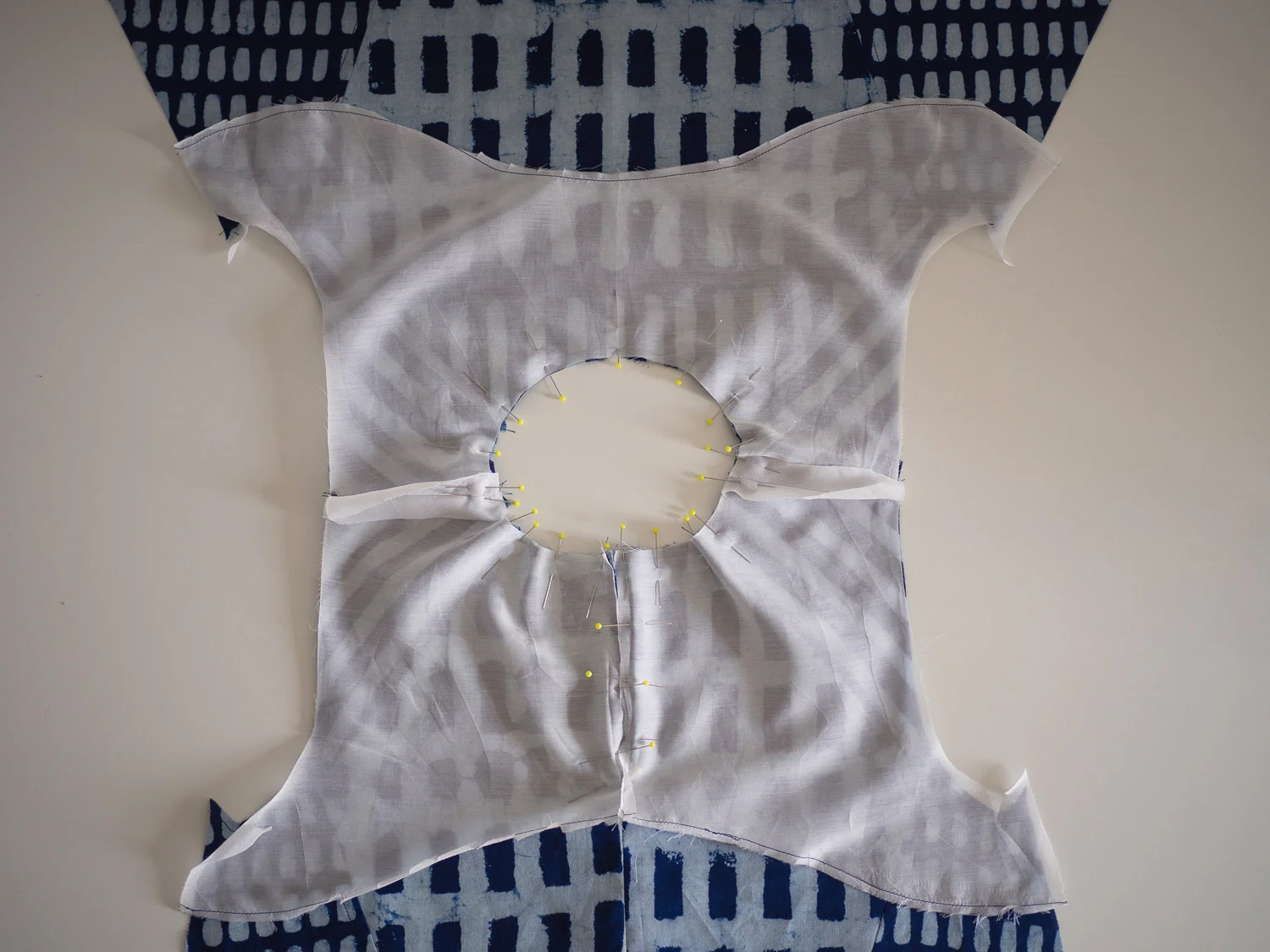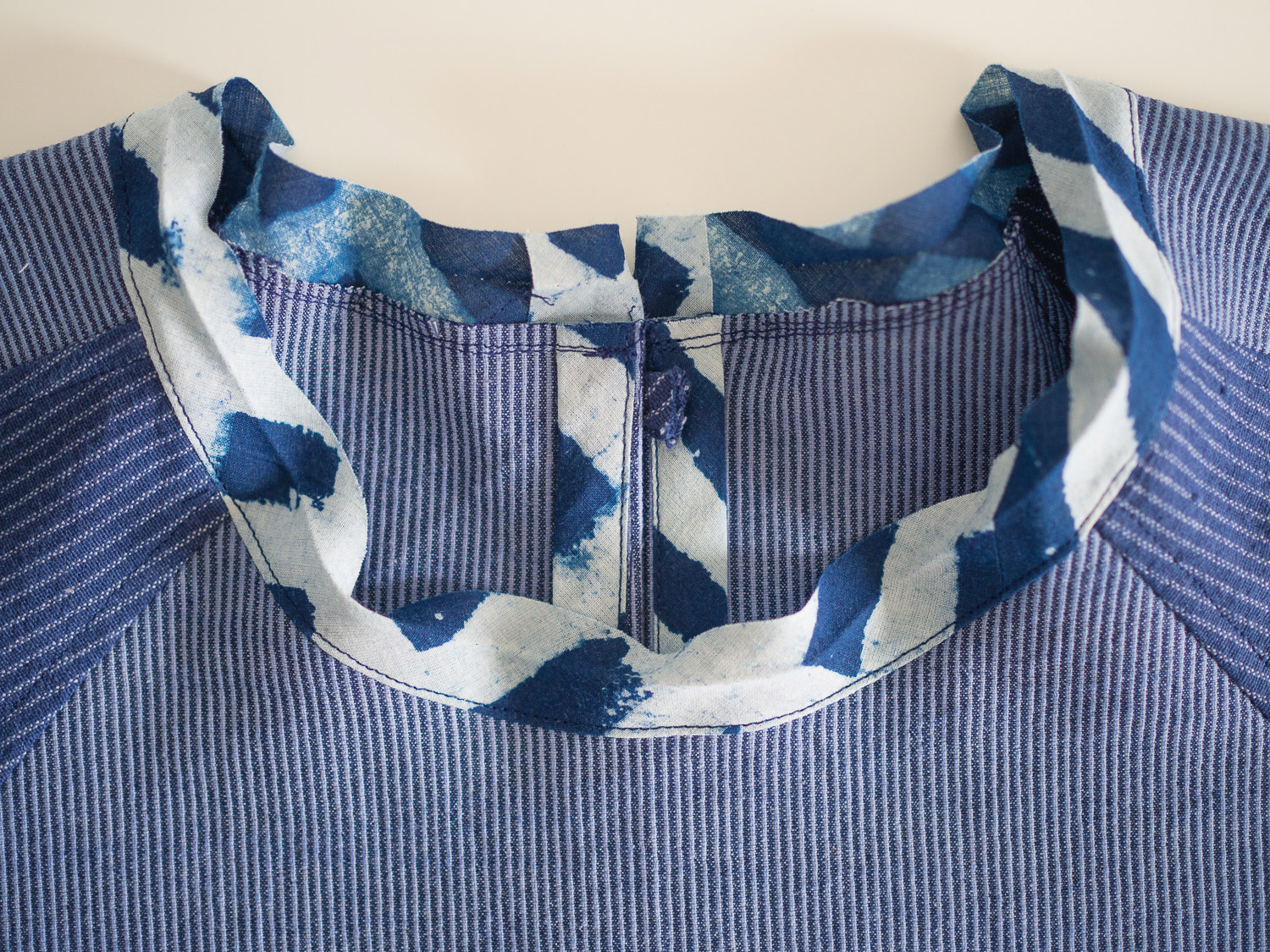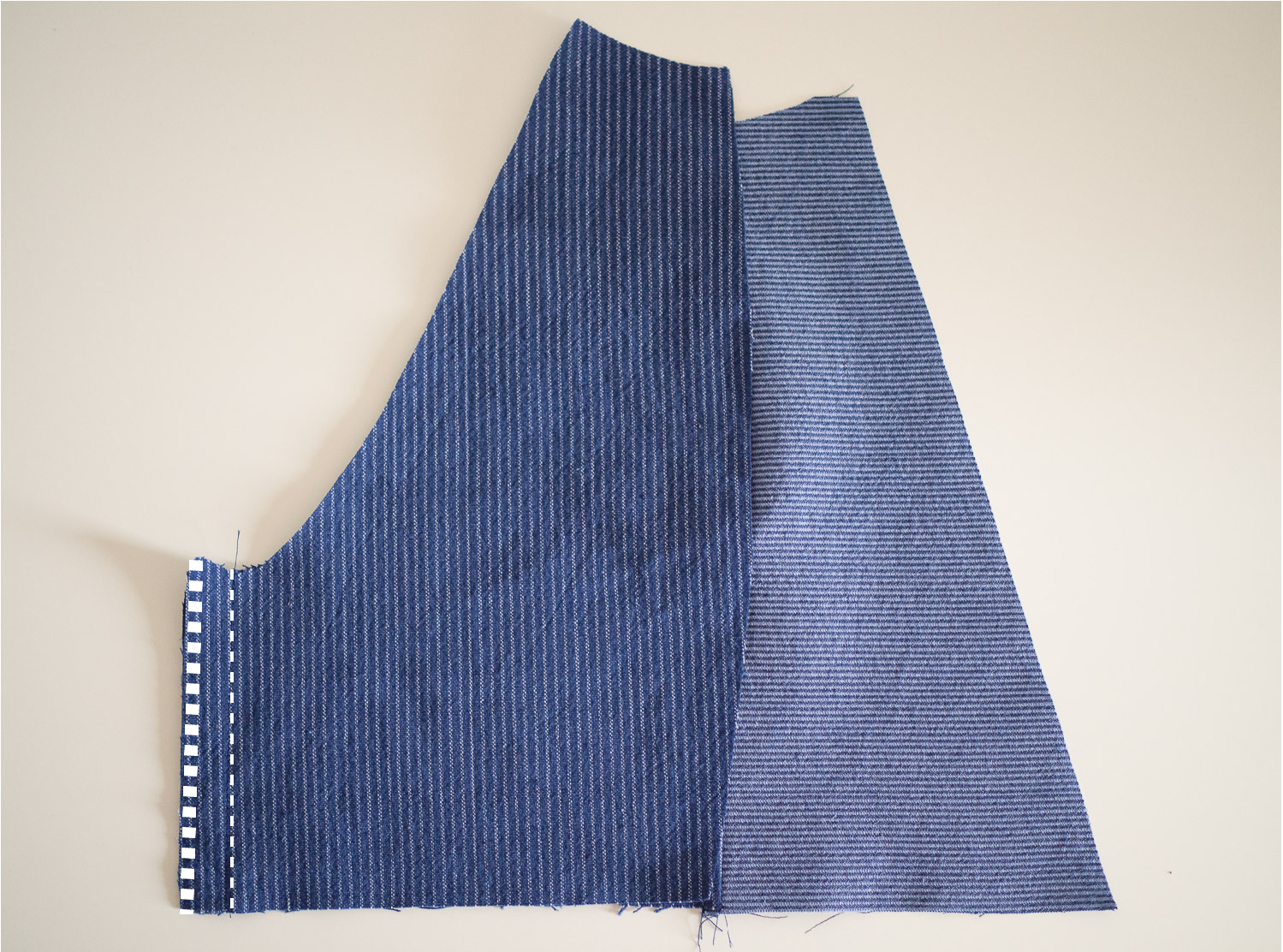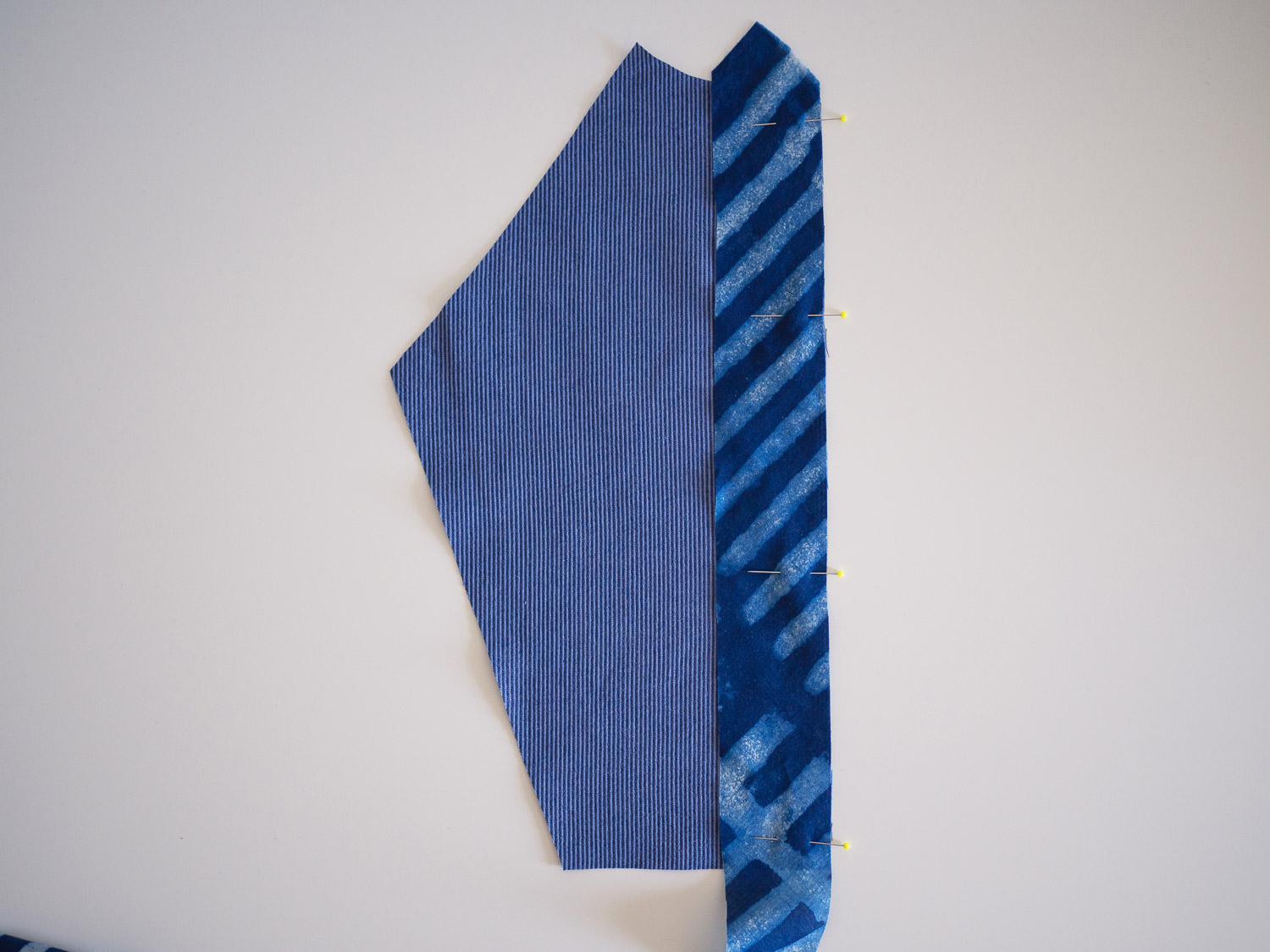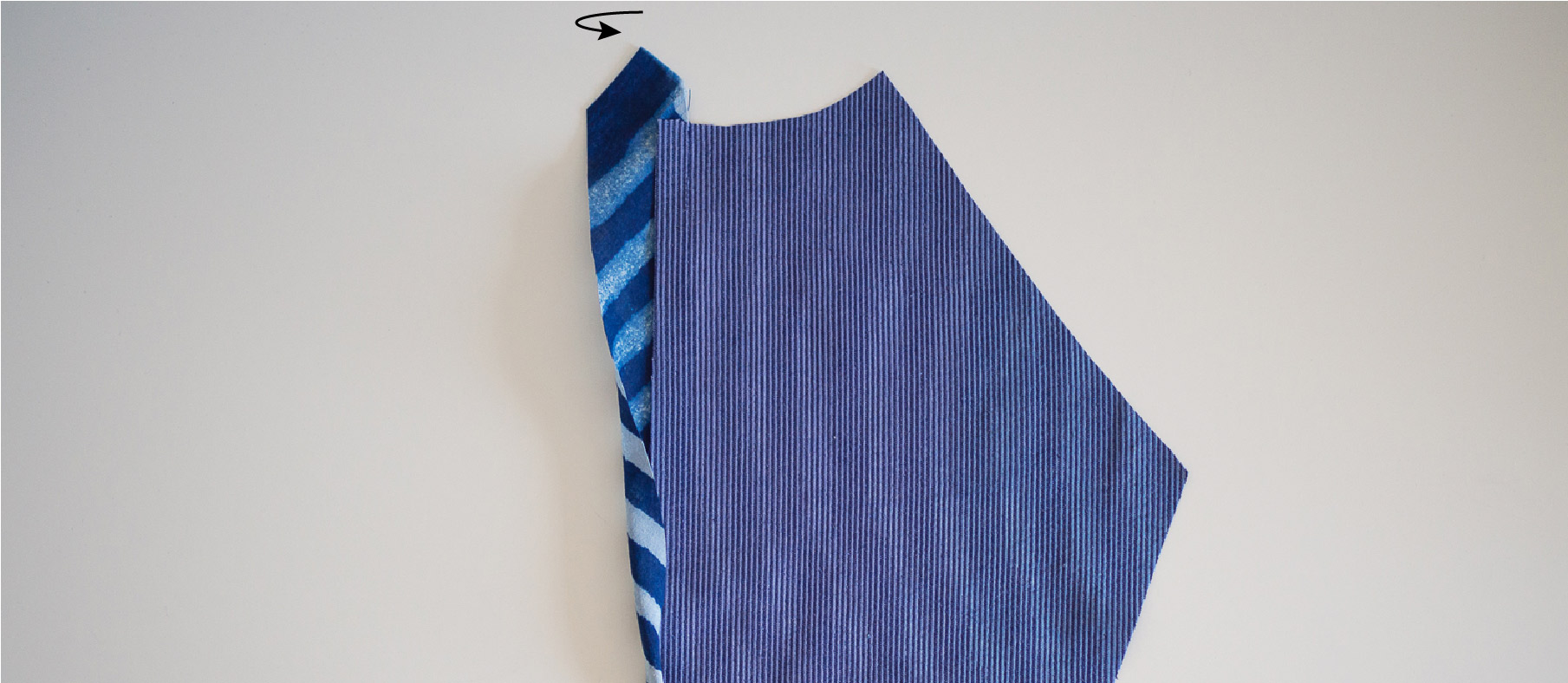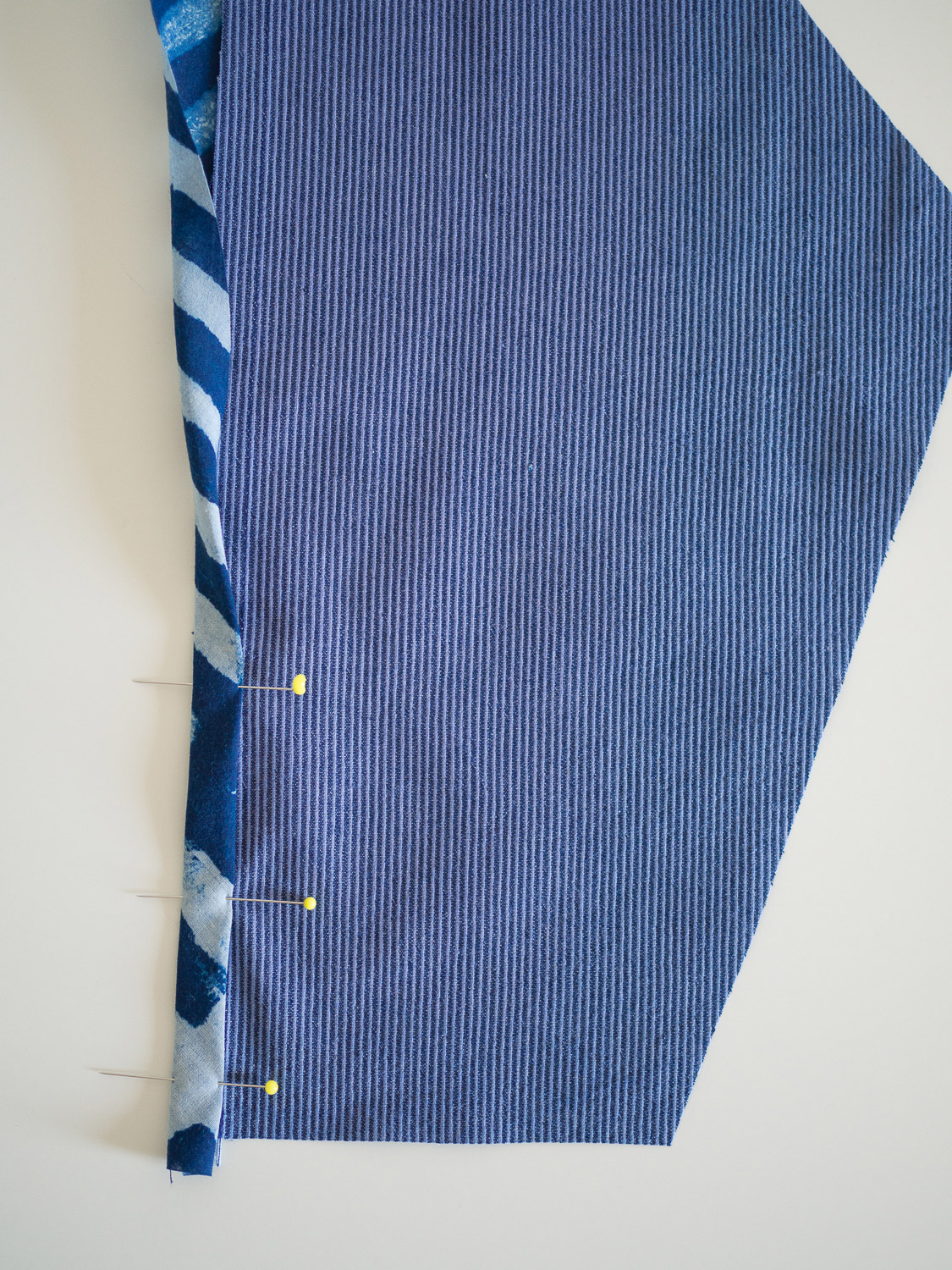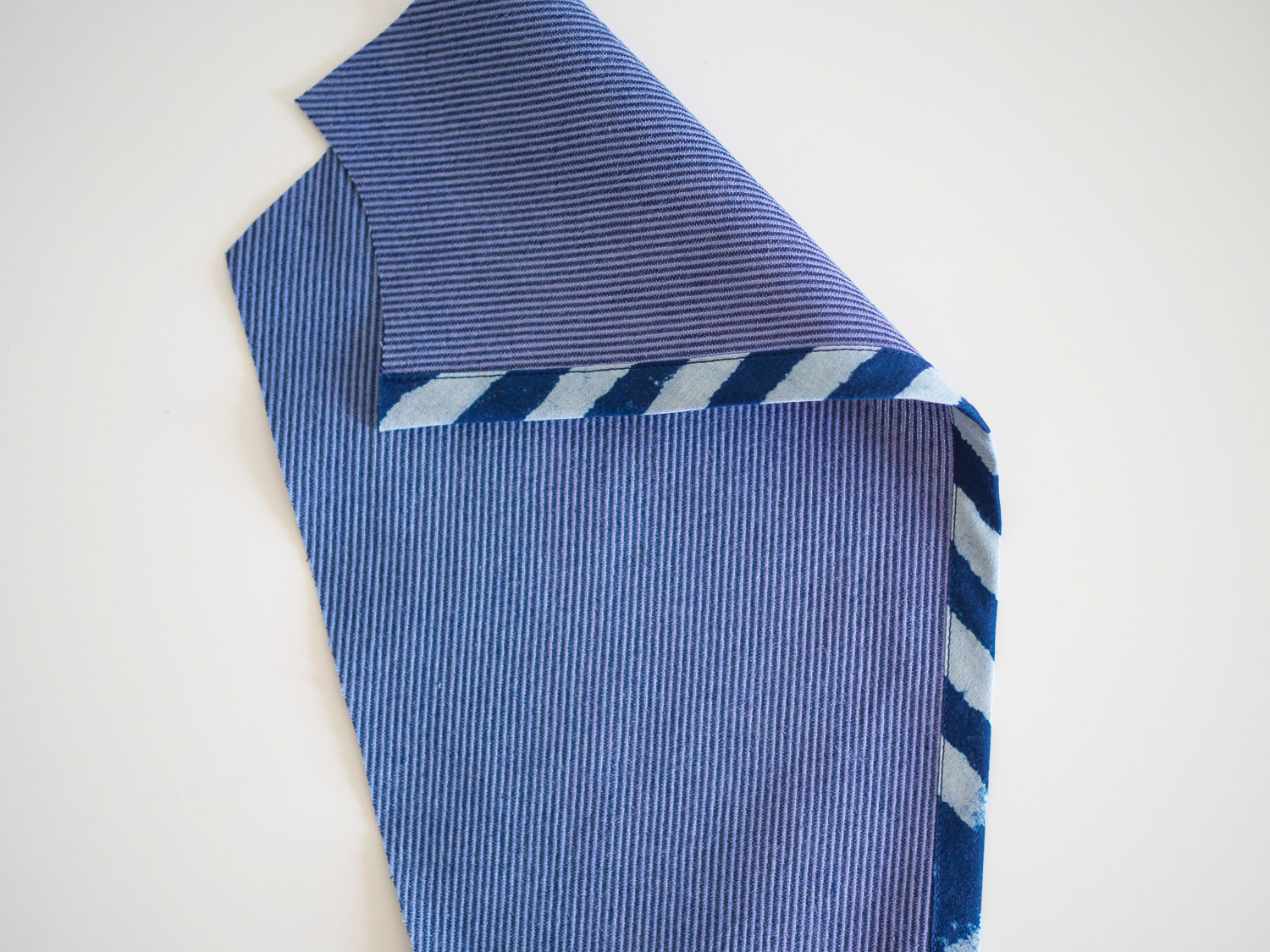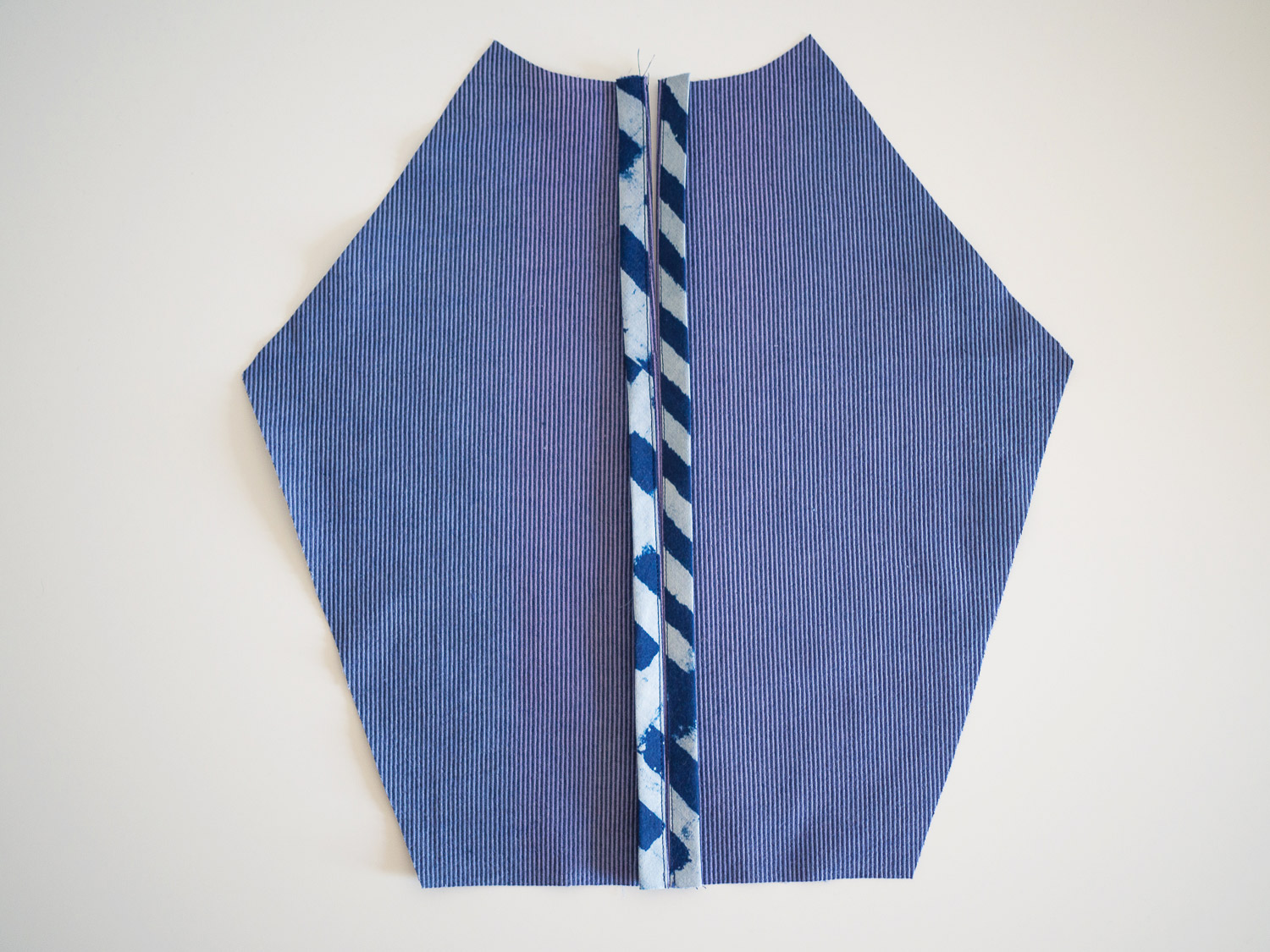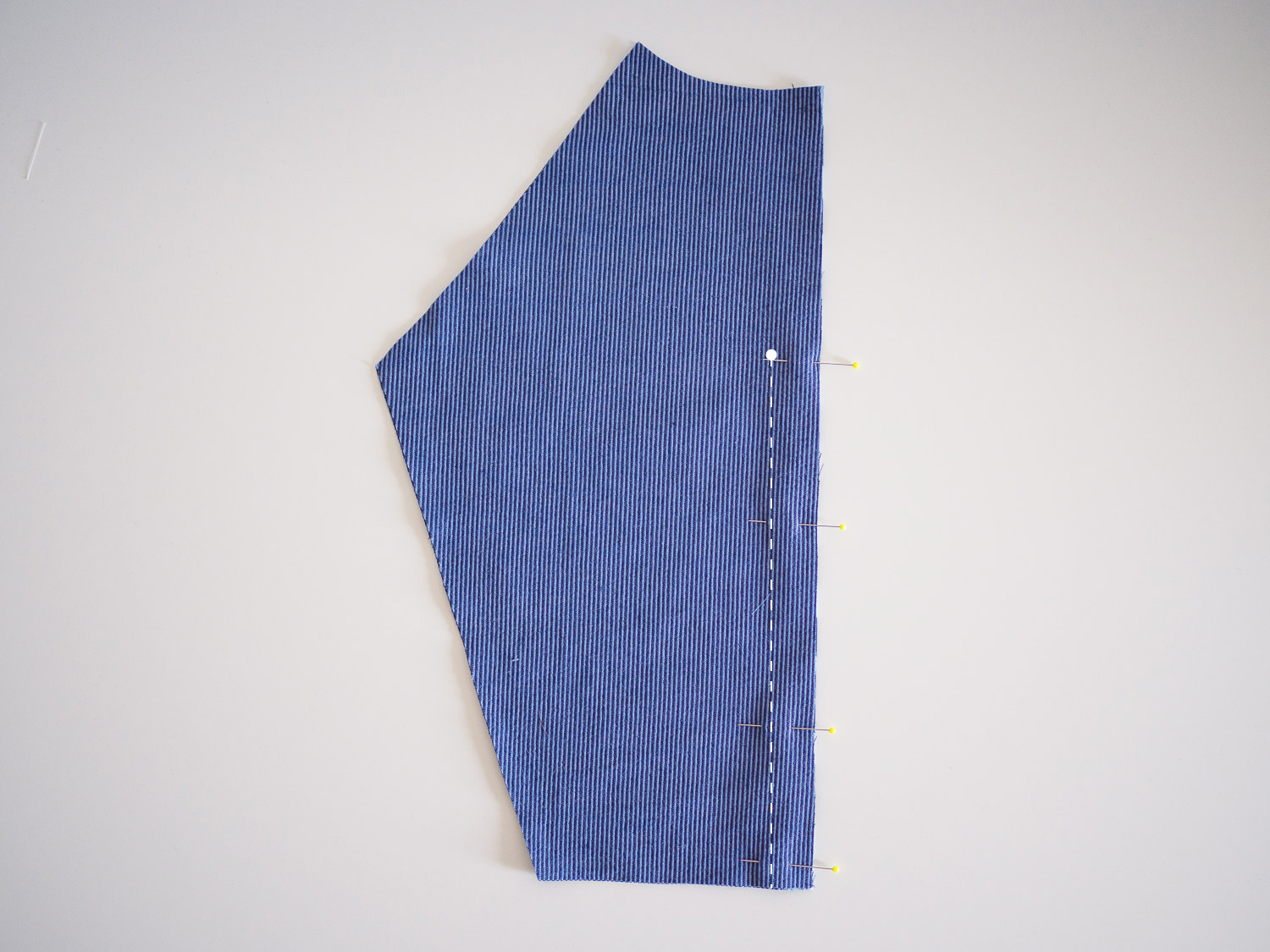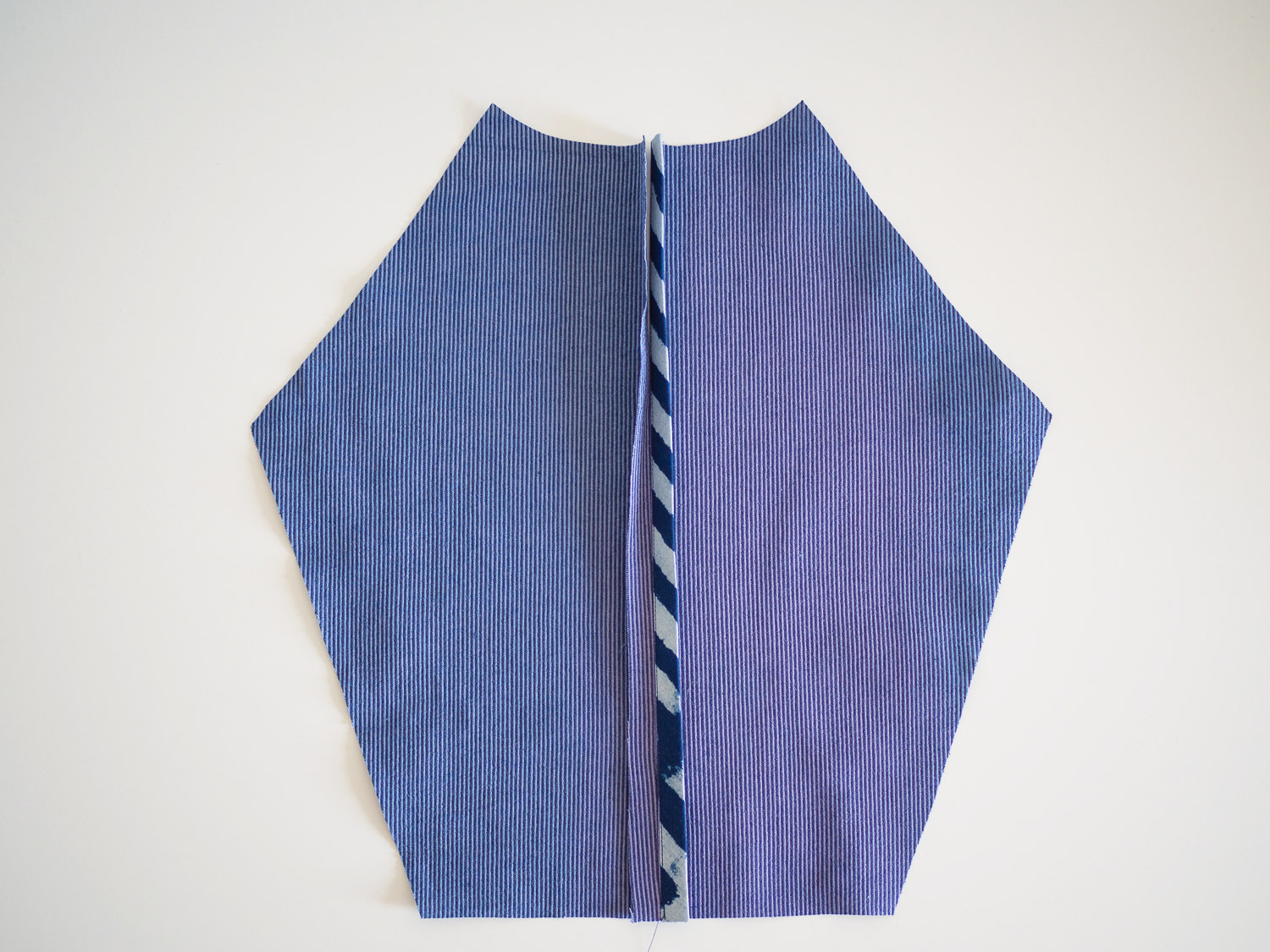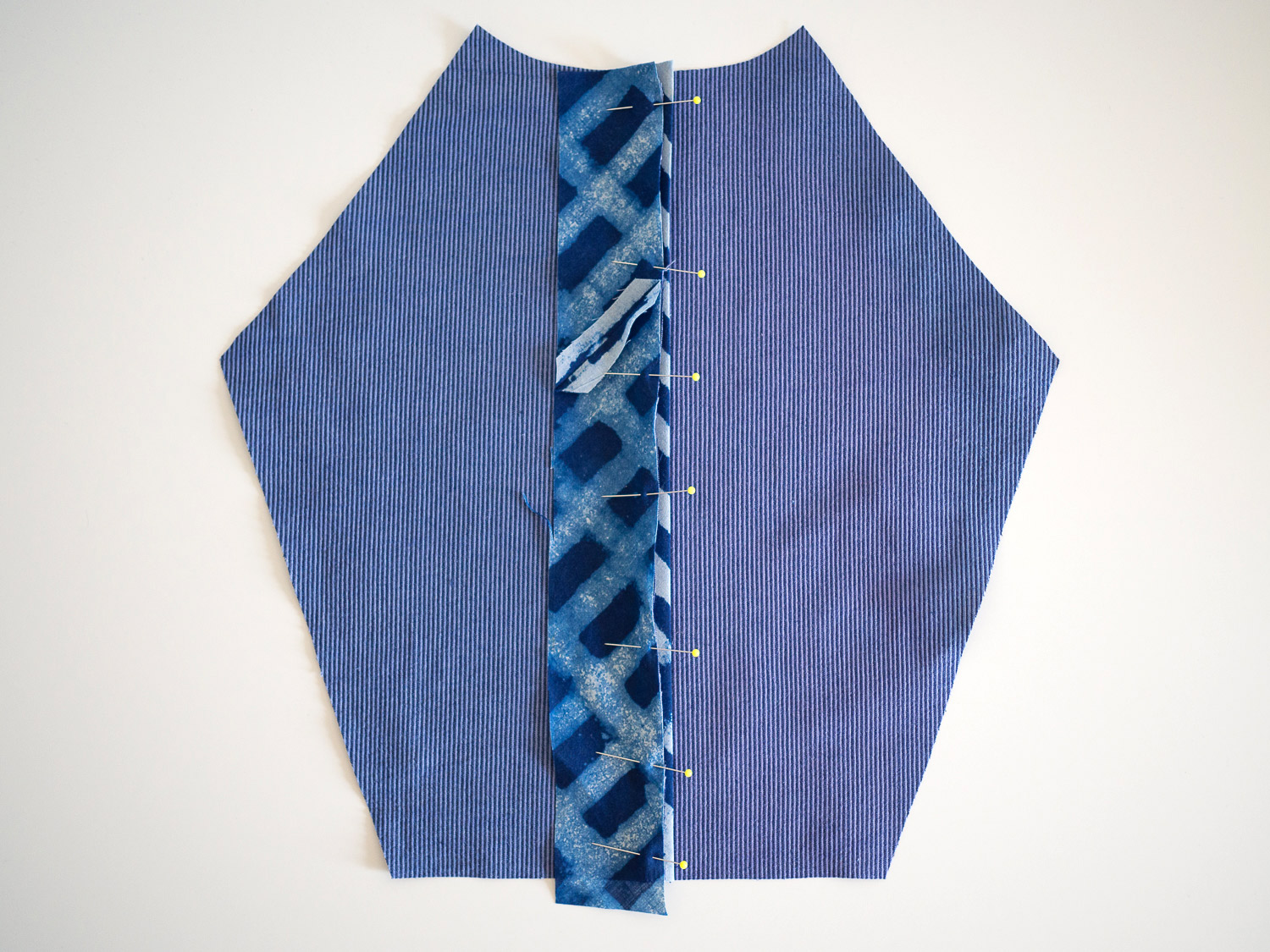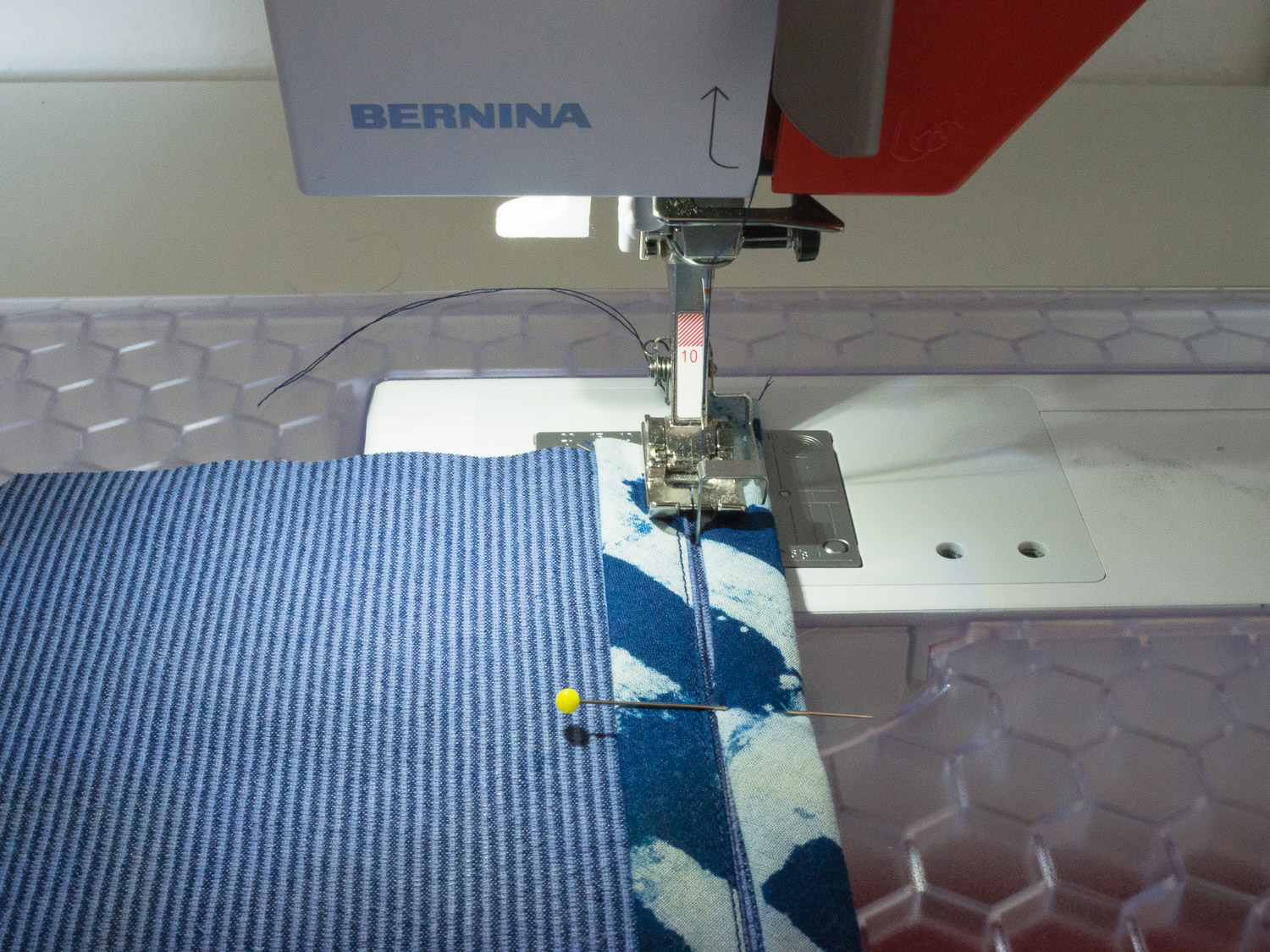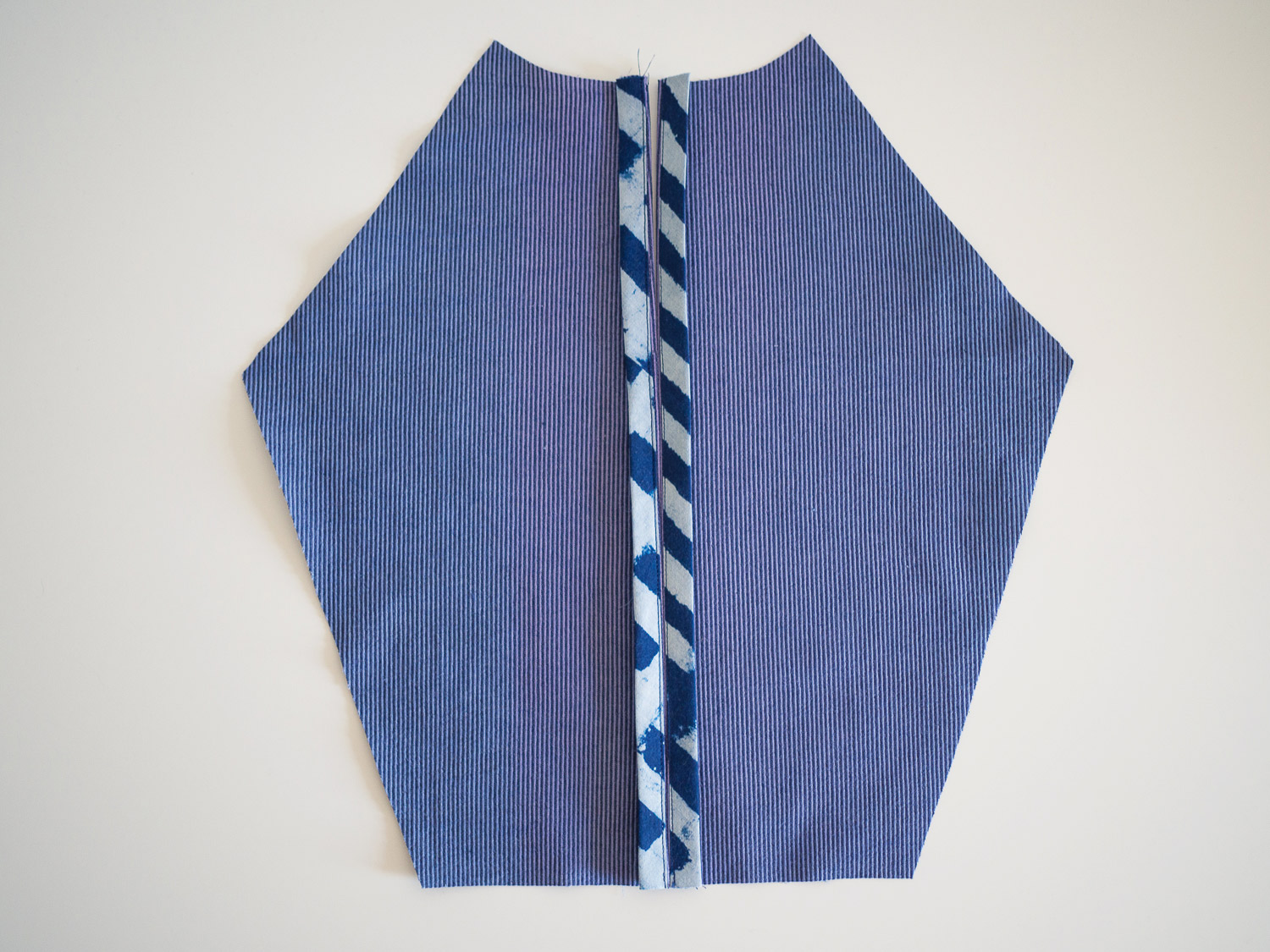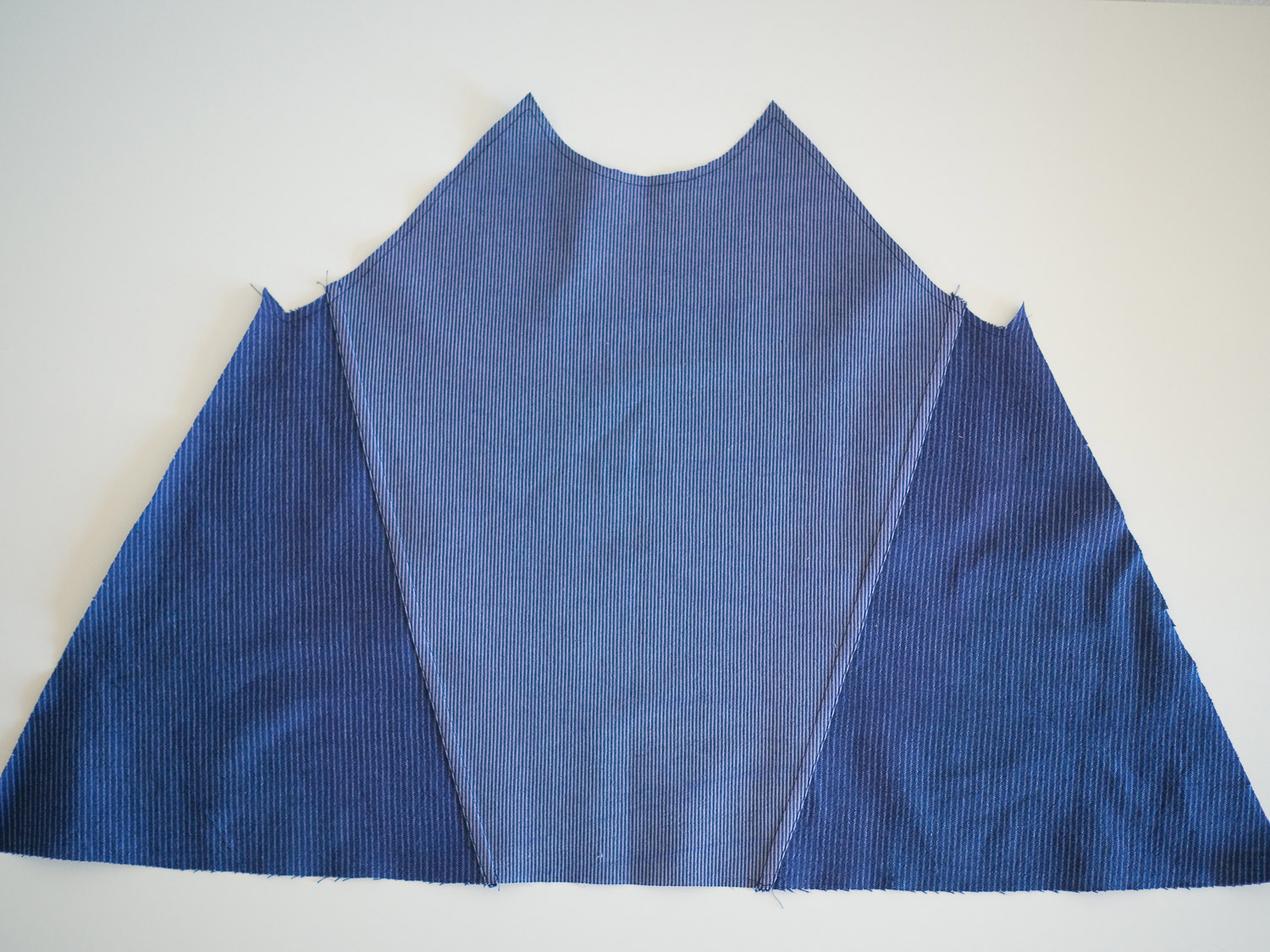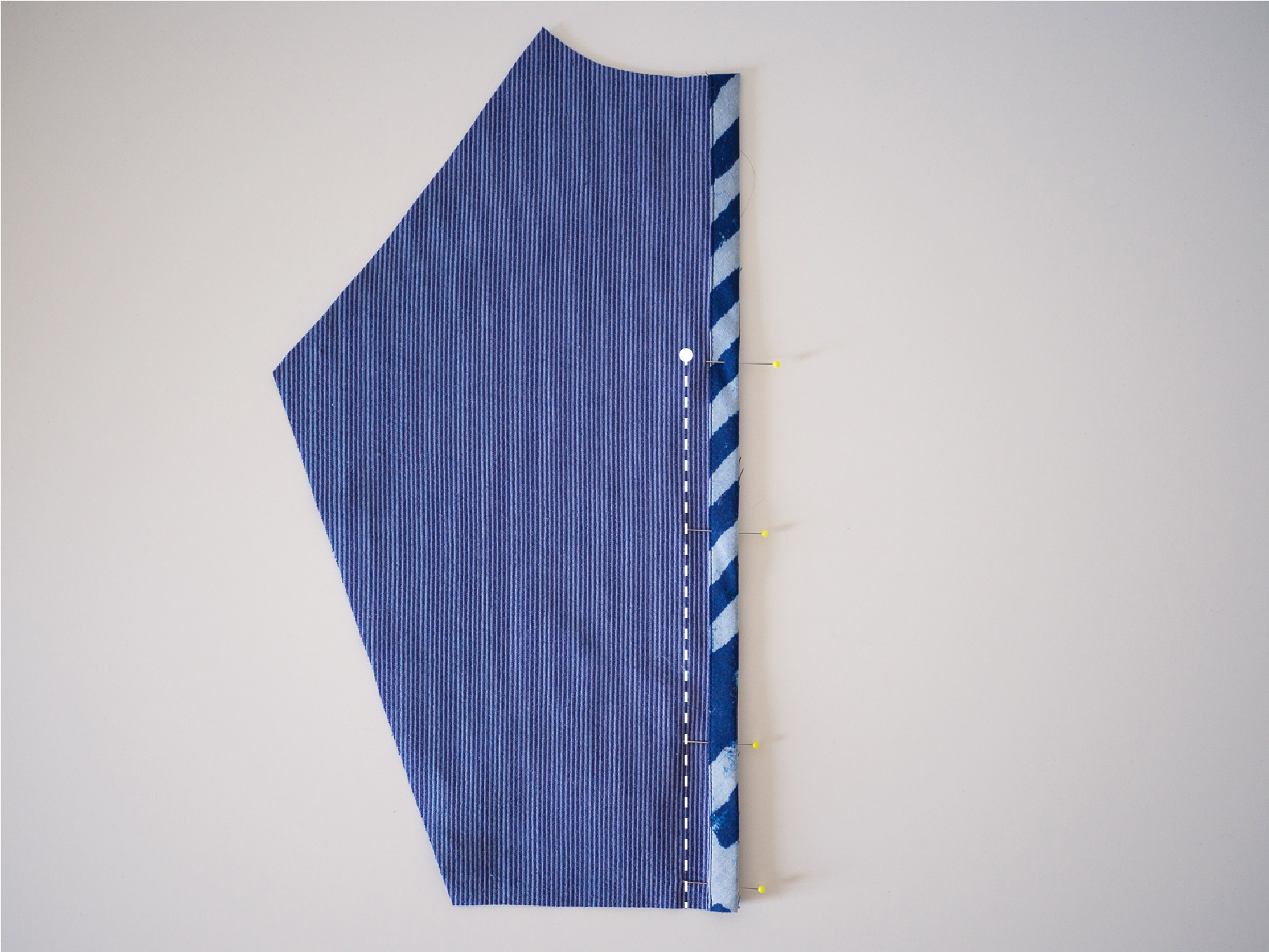I'm so excited to announce that I'm FINALLY ready to test my next pattern! It has been a very long time since I've released a new pattern under the name In the Folds (rather than the patterns I release each quarter in collaboration with Peppermint Magazine) and I'm eager to share it with you all (you may have seen a few sneak peeks over the last couple of months on Instagram).
Why this pattern has taken so long for me to get this pattern out has been for a number of reasons:
1. I make patterns at the pace of a snail - although this doesn't bother me too much as I'd prefer my patterns to be just right, rather than wasting anyone's time with a subpar pattern. It does mean though that unfortunately I am not in a position to release patterns as regularly as I would like.
2. The time it took to get my patterns into print - If you've been following along with me for a while, you'll know that last year I crowdfunded to raise money to get my patterns into print. It was an incredible, stressful, inspiring and exhausting process that was then followed by months of logistics to bring the project home. I plan to talk about the process more in the coming months on the blog, but for now the point is that the whole thing exhausted me for a good couple of months and I just couldn't bring myself to get a new pattern in the works.
But, in saying that, it is now time to test the next pattern. Yippee!!
I am very excited as this is pattern is a a solid intermediate pattern and will teach makers a range of new skills. I have laboured over the instructions long and hard to ensure that the instructions can guide makers through the process of a fly front and welt pockets. I'd like to put this pattern in the category of 'upskilling,' because I think this pattern is going to boost the confidence of lots of makers and also help you learn some things you may not have been game enough to try before,
After trying out a new way of testing patterns (which I trialed the last time I tested) I've realised that the way I feel most comfortable pattern testing is by using a 'first in best dressed' model. This allows me to be as inclusive as I can be - giving everyone a fair chance to be involved in the process (and hopefully get some makers in the testing pool that have never had the chance to be part of the testing process). I will need two sewists for each size (one for each style) and I will work through the emails from the first one I receive down, until all the positions are filled. I will favour intermediate / advanced sewists as this pattern is aimed at makers who are confident tackling a pattern of this level, but apart from that, everyone will have a fair chance of being involved. As well as making the process more inclusive, this also helps me out and ensures I can be spending my time on what is important. Pattern testing is a lot of work, any by selecting testers in this way, I will (hopefully) not be spending days going through applications and can just get the process started.
THE PATTERN
I don't want to give too much away, but will give you the garment description, and hopefully from that you will know if the style is for you. On that note, please only apply if you think these pants are something you would like to wear. I am very conscious about all that I sew, and I hope you are too. I hate to think of garments being made and never worn, so be mindful of this, and if they don't don't sound like they're for you, there will always be next time.
The Darlow pants are a cropped, tapered pant with a lot of interesting panel lines and details. They have been designed to give a new spin to the basic pant and can be worn as an easy and casual option or dressed up for a nice evening option.
The pants sit on the natural waist and feature a fly front with zip closure, shaped waistband, in-seam pockets, back pockets and hem facings. Darlow is designed to be quite fitted through the waist and hip, before more volume is added through the leg, for an interesting and flattering shape. Both comprise of a number of interesting shaped panel lines that encourage a unique shape and a fun making experience.
This pattern is quite an involved sew, so I have allowed three weeks for testing (rather than the usual 2 weeks). If you are looking for a quick and easy pattern to sew up, I'd say this is not the pattern for you. In the Folds patterns are designed to encourage interesting and thought-provoking making experiences and this pattern is definitely in line with that goal. I have made these pants countless times and have fun each time I do it, but they are not a 2 hour make!
View A
View A has slightly more volume through the thigh and than View B, and features back patch pockets.
View B
View B is a bit more fitted through the leg and has back welt pockets
Suggested fabrics: The pattern is compatible with mid to heavy weight woven fabrics. Consider using: linen, linen blends, cotton drill, denim or wool. For a softer, more dressy silhouette, consider using heavy weight silk. Keep in mind that View A has more volume in the thigh area and you may want to use mid-weight fabric (rather than heavy weight fabric) for this reason.
HERE IS WHAT YOU NEED TO KNOW:
- Testing involves you making the garment - as it was originally intended (no pattern hacking etc.) and providing honest and constructive feedback on the making experience and finished garment. In exchange for your involvement, you will receive a free copy of the pattern on it's release. You will also have my sincere gratitude for being part of it!
- Testing will run from Saturday, August 4 for three weeks. Feedback and fitting photos (these don't need to be styled) will be due on Monday, August 27. Please only apply if you can complete the project in the time frame.
- Testing will be conducted through a Facebook group, so please only apply to test if you are happy to join the group. I have found that testing in this way makes it much more fun for the testers, as you get to connect with other makers and sew the project together! It also means that if you have a question, there is a large knowledge pool that can get back to you (just in case it's night time here in Australia). I know Facebook isn't everyone's best friend, but until I find an option that works as well as Facebook for testing, that is where it will take place.
HOW TO APPLY:
If you would like to apply, please email testers@inthefolds.com - but before doing that, please continue reading. I will not accept applications that do not include the following information in the SUBJECT LINE.
All I need in the email is for you to put three key pieces of information in the subject line so that I can quickly and easily worth through the applications.
I need to know:
- Your size on the In the Folds sizing chart - to work it out look here. Your hip measurement is what you will use to select your size and then alterations will be made in regard to that to help you get a good fit.
- The style you would like to make - View A / View B / either view (details of each style can be found above)
- Your skill level. Please use this skill scale to place your current skills
So for example, you may write: Size C - view A - Level 5
And that's it. That's all I need to know! If you are applying, I will assume you agree to the time frame and being part of the Facebook group.
I am really looking forward to working with some of you, and hopefully meeting lots of new people in the process!
